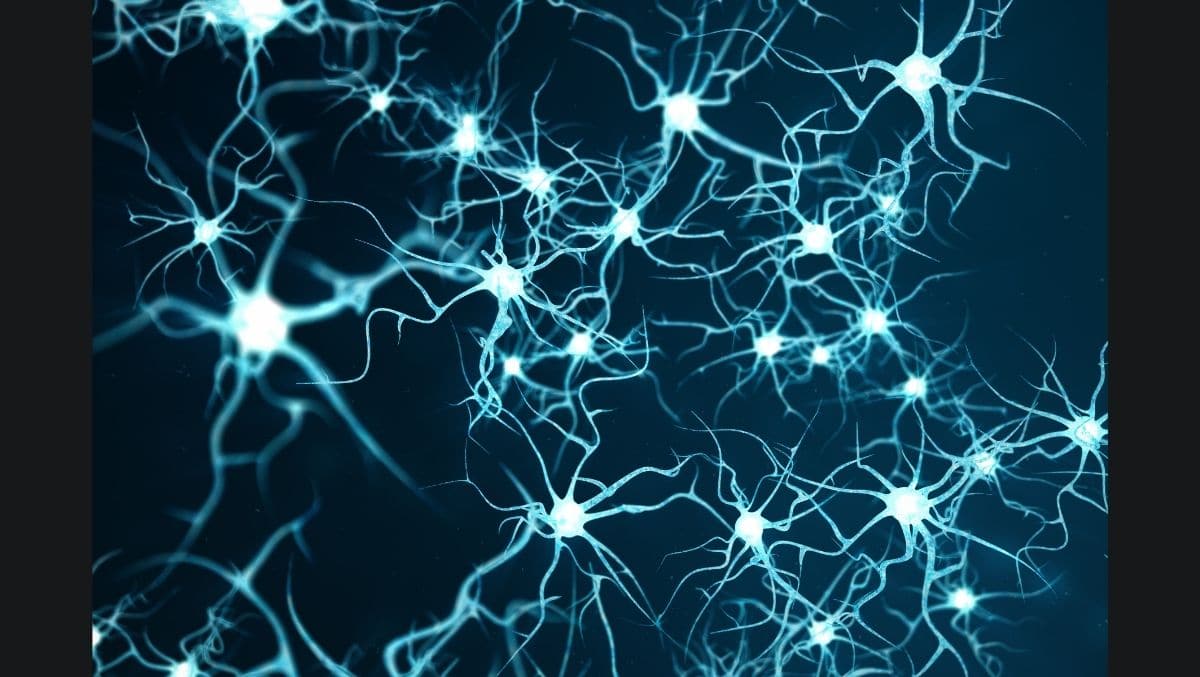Parkinson’s Disease is among the most common degenerative brain disorders, affecting millions of people each year in the United States alone. We know that the symptoms of these diseases can vary widely, but we often don’t understand what causes the disease.
What is alpha-synuclein, α-synuclein?
Decades of research have led scientists to investigate many causes including enzyme deficiencies and α-synuclein, a protein that is abundant in neurons throughout the body and brain.
The protein alpha-synuclein is found within neurons that make up the vast communication network that controls everything our bodies do. This includes conscious movements like walking and activities we never think about (i.e. breathing and controlling our bladder). In a healthy nervous system, alpha-synuclein is involved in transmission between neurons, helping signals move throughout the nervous system and within the brain. This results in coordinated movement, proper control of bodily functions, and overall normal brain function.
How is α-synuclein linked to Alzheimer’s, Parkinson’s, Lewy body dementia, and other neurodegenerative diseases?
For our bodies to work properly, all proteins are folded neatly into a shape that allows them to do their jobs correctly. In fact, cells have fail-safes to keep proteins working properly, and if our cells identify a jumbled protein, it flags it to be fixed or thrown away.
These fail-safe mechanisms are comprised of enzymes, chaperones, and small factories or organelles that monitor the protein shape and guide the proteins into their precise shape. This network helps prevent the formation of sticky piles of protein known as aggregates that disrupt our cells.
However, the presence of genetic mutations or simply aging can make the protein surveillance system less effective, and this allows proteins like alpha-synuclein to go rogue, folding into an incorrect shape that cannot be fixed.
We can think of this as a square of alpha-synuclein when the neuron really needs a circle to complete its normal function. In many cases, the protein surveillance machinery can send the incorrect shapes to the garbage disposal known as the lysosome to rid the cells of waste; however, mutations can make this process less efficient.
If the neuron is unable to fix or dispose of the wrong shape, it can trigger a cascade of protein-misfolding that results in a sticky pile of alpha-synuclein. This disrupts the normal neuronal function and creates a trash pile that the neuron may not be able to clean up.
In Parkinson’s Disease and lewy body dementia, these protein piles are known as Lewy bodies. These protein deposits can also be found in the brains of some patients with late-stage Alzheimer’s disease as well. The presence of Lewy bodies eventually kills the neurons or prevents normal function, leading to the degeneration that results in movement disorders and dementia.


